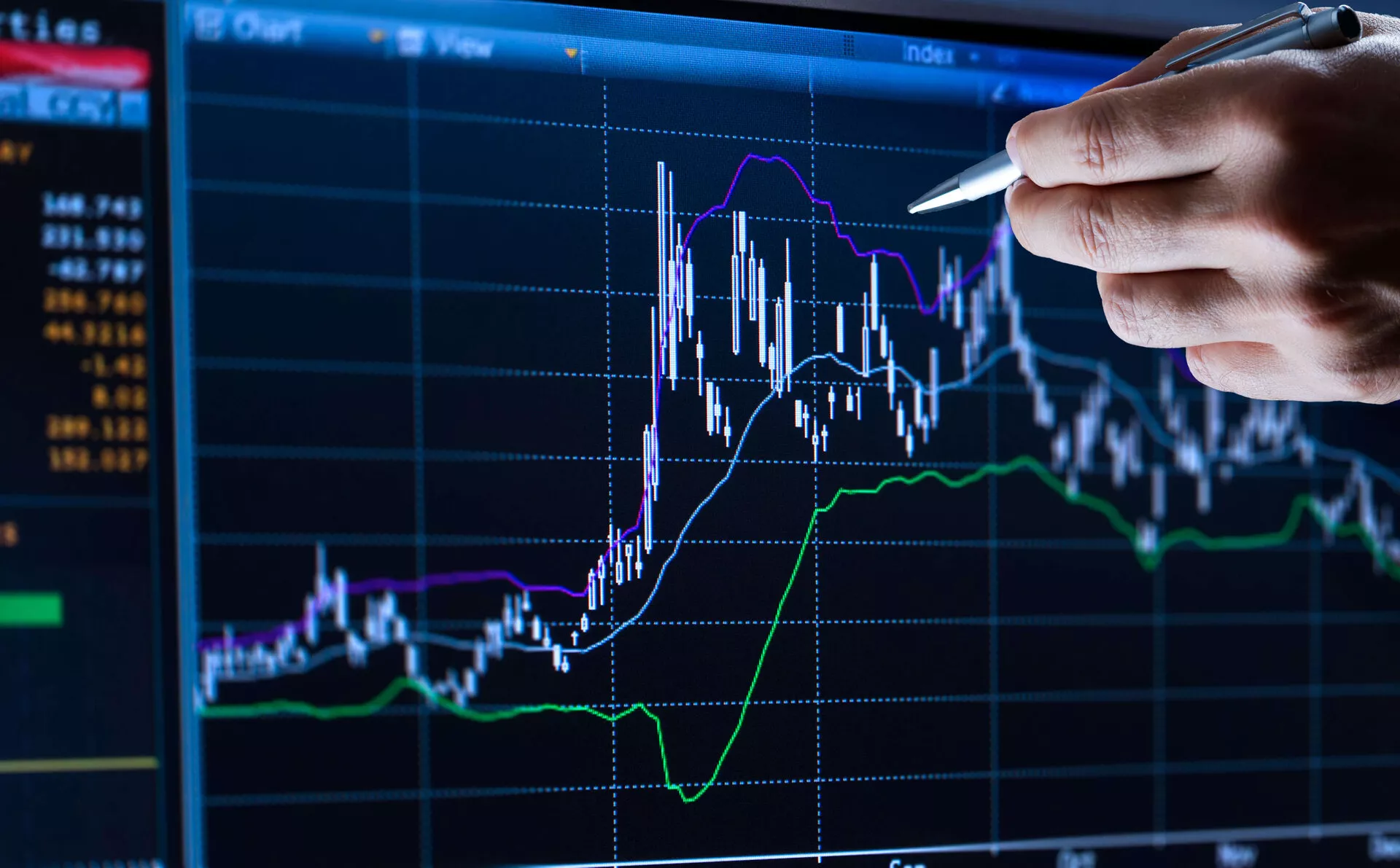
Weekly Update - A further reassessment of US monetary policy
A level of inflation not recorded since 1982
The most surprising economic indicator of 2021 was unquestionably US inflation. It ended the year at 7%, meaning consumer prices were rising at their fastest for 40 years. Energy costs go some way toward explaining the surge, rising 29% over the year despite a late tail-off in December. Service prices picked up slightly towards new year but remain pretty close to their pre-COVID trend. Goods prices, however, continue to rise atypically fast. The explanation lies partly in strong household demand, and secondly in disruptions to supplies - mainly bottlenecks stalling production chains.
Development in the labor market will be decisiveforthe staying power of inflation
US policies for supporting the country through the pandemic differed sharply form those of most European countries and this has potentially important implications for salary trends. In Europe, support was targeted at keeping people in work by sustaining companies’ income. In the United States, support went directly into household income, leading to a wave of job destruction and steep climb in unemployment. Subsequently, the rapid return to normal by the US labor market has generated tensions. Households are only gradually coming back into a labor market that is marked by a shortage of new recruits. These tensions are visible on the evolution of wages. The background of high inflation could add to this pressure and generate a second-roundprice-wage effect.
Markets reassess yet again their monetary policy expectations
In its latest publications and statements, the Federal Reserve has sounded markedly more hawkish on these issues, repeatedly reiterating its commitment to act to rein in inflation, seen as a major risk, while simultaneously committing to support economic recovery and the labor market. As a result, money markets have recently been revising their expectations for rate rises. They now expect three to four quarter-pointrate hikes in 2022.
Conclusion
Given the persistent concerns that high inflation could lock in, debt markets are likely to remain volatile. The risk is that monetary policy expectations could tighten further, if wage pressures intensified for instance. That said, upward pressure on salaries is actually a sign of the good health ofthe labor market and hence of the private sector's ability to sustain the economic recovery. Against a backdrop of confirmed economic growth, equity markets should be able to ride out higher inflation and more hawkish monetary policy, although careful stock-picking will undoubtedly be necessary.





